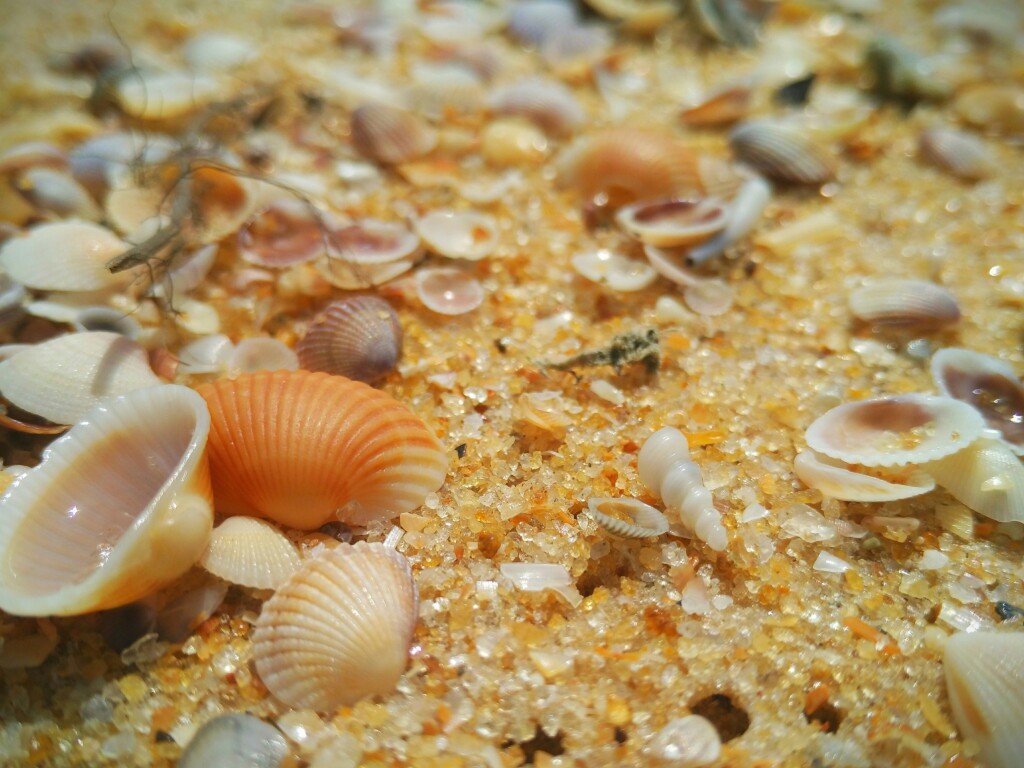
🌊 Micro-life of Kalpitiya Ocean:
A Hidden World Beneath the Waves Nestled along the northwestern coast of Sri Lanka, Kalpitiya is famed for its dolphins, coral reefs, and azure lagoons. But beneath its vibrant waters lies a less visible, yet incredibly vital ecosystem—the micro-life of the Kalpitiya Ocean.
🧫 What Is Micro-life?
Micro-life refers to tiny organisms—often invisible to the naked eye—that include plankton, bacteria, protozoa, and microscopic algae. Though small, these organisms form the foundation of the marine food web, supporting everything from small fish to large predators like dolphins and whales.
🌱 Plankton: The Ocean’s Drifting Forest
Kalpitiya’s warm, nutrient-rich waters are teeming with phytoplankton (plant-like plankton) that harness sunlight to produce energy through photosynthesis. These microscopic organisms:
Generate over 50% of the world’s oxygen
Absorb carbon dioxide, helping regulate the Earth’s climate
Serve as food for zooplankton and filter feeders like mollusks and small fish
🦠 Zooplankton: The Microscopic Hunters
Zooplankton are the animal-like members of the plankton community. Tiny crustaceans like copepods, rotifers, and larval fish drift along with currents, feeding on phytoplankton and each other. They are a key food source for:
Juvenile fish
Coral polyps
Whale sharks and manta rays during plankton blooms
🧬 Marine Bacteria: The Silent Recyclers
In Kalpitiya’s coral-rich zones, marine bacteria play crucial roles:
Breaking down waste and organic matter
Maintaining coral health through symbiotic relationships
Recycling nutrients back into the ecosystem
These microbes ensure the ocean remains clean and balanced, supporting everything from coral reefs to seagrass beds.
🌊 Why Micro-life Matters in Kalpitiya
While dolphins and coral reefs capture most of the attention, the micro-life of Kalpitiya is essential for:
Biodiversity: Supporting countless species in complex food chains
Fisheries: Sustaining fish populations vital to local livelihoods
Eco-balance: Regulating gases, cleaning the ocean, and supporting reef health
🔬 Protecting the Invisible
Climate change, pollution, and overfishing can disrupt micro-life. In Kalpitiya, responsible tourism, coral conservation, and marine research are critical to preserving this delicate ecosystem. Scientists studying plankton blooms, water quality, and microbial diversity help inform strategies to protect the region’s rich marine life.
📸 Final Thoughts
The next time you explore Kalpitiya’s waters—whether snorkeling, diving, or boating—remember: beneath the surface lies a thriving, unseen world that keeps the ocean alive. It’s a micro-universe that deserves our attention and protection just as much as the creatures we can see.

